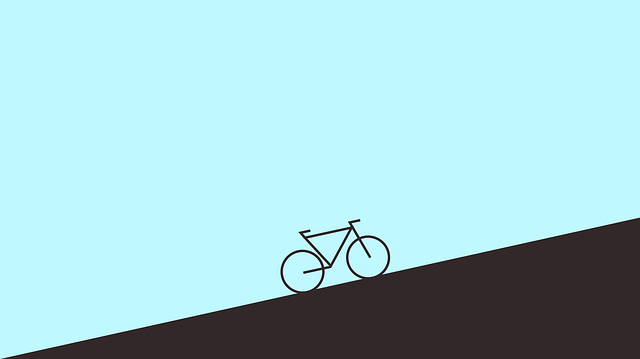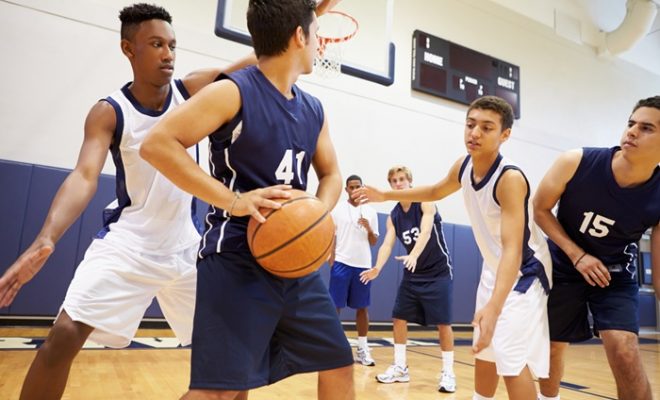How to Improve Your Cycling Cadence

Are you a keen cyclist?
If so, you might be interested to learn that improving your cadence can have a positive impact on your riding efficiency. In essence, cadence refers to your pedaling speed and is measured in revolutions per minute (RPM). A revolution can be thought of as the time it takes one foot to make a full spin.
Of course, it is tempting to assume that pedaling harder and faster alone can improve your cycling skills.
Table of Contents
What is cycling cadence and why is it important?
Cycling cadence is measured in rpm or how many times you turn a pedal through a complete revolution in one minute. One would say this is quite an elementary measure, but the fact remains that cadence is a critical factor for your overall cycling performance. Riding with a maintained cadence allows one to use less energy, ride more efficiently, and not put too much strain on the body parts like muscles and joints.
The Science Behind Cadence
It’s all about balance. A low cadence might find you pressing harder on the pedals, which will cause more muscle fatigue, particularly in your legs. On the other hand, a very high cadence can make you burn out quickly because your heart and lungs are working much harder to keep up. Ideally, it would be any cadence that keeps going at a steady pace without really overdoing it. Remember that most experienced cyclists strive for a cadence of 80 to 100 rpm, but it will all depend upon the terrain, the type of riding you are doing, and your physiology. Many advanced cyclists strive to reach these cadences because this enables them to produce the maximum amount of power with the minimum fatigue over long distances.
Importance of Cadence:
Here’s why maintaining an ideal cadence is important.
Better Efficiency in Energy: An ideal cadence allows the share of work amongst all the muscles, reducing fatigue and allowing you to ride miles without needing to use more power.
Better Speed and Power: Establishing the right cadence and gearing means one correct speed with an appropriate output of power, ensuring your rides are not only very effective but also enjoyable.
Decreased Risk of Injury: Riding at an ideal cadence decreases the load on your joints, specifically on your knees, and will probably reduce your risk of common cycling injuries, like tendonitis.
Increased Climbing Performance: Riding uphill at a steady cadence can have you getting over climbs much better. You will tire less and not be at high risk for bricking when you crest the top.
Any rider who has been around the block knows of these two keys to success. Focusing on cadence will make you much more efficient on a bike and be able to ride much longer distances with ease.
However, there is much more to improving your cadence than you might think.
How to Improve Your Cycling Cadence
So, let us discover 3 simple tips for improving your cycling cadence while conserving valuable energy.
1. Measure Your Cadence
Firstly, it is important to measure how many revolutions per minute you currently make when cycling. You can measure your cadence by counting how many times one knee rises during a 30-second interval and then doubling this number or by using a cadence sensor.
A cadence sensor allows cyclists to measure energy output in the form of RPM, in a similar fashion to a speedometer or pedometer.
However, more recently there have been developments with bike computers that now mean you can get one device that can track speed and it has a cadence sensor, which sends the data to your bike computer. There are many different designs, and each will have its other features, however, choosing one to suit you doesn’t have to be tough.
Although there is no magic number regarding the ideal RPM rate, reaching 90RPM is a very effective way to cycle. Beginners should try to stay within 60-70 RPM realms until they feel more confident. Trying to progress too quickly can drain your strength and tire you out more quickly.
Therefore, use these numbers as a general guideline and try to change your current cycling habits. If you are someone who rides with a low cadence, then going up a gear can help you to achieve more spins. Cycling with a higher cadence allows you to react easily to surges as you can increase your work rate more quickly.
2. Single-Leg Pedalling Drills

Drills are a fantastic way to improve your pedaling efficiency. If you have an indoor cycling trainer, clip one foot onto the pedal and allow your other leg to fall free, or rest it on a box next to your bike.
Shift into an easy gear and pedal for 20 to 30 seconds or until fatigue, then repeat for the opposite leg. Try to get to five repetitions for each leg and then increase the duration of the drill over time as it becomes easier. Do not worry if this single-leg pedaling drill feels unusual during your first few attempts.
Furthermore, there is a high chance that there will be points during a revolution where no power is being produced. These moments are dead spots that force you to pedal in smoother circles.
Struggling to get the hang of the single-leg pedaling drill?
Try clipping both feet into your pedals while actively trying to use only one leg at a time. Switch legs every five pedal strokes for five minutes. This alternative method can also be a useful way to improve your cadence when out practicing on the road.
3. Cadence Interval Training
It might seem obvious, but one of the best ways to improve your cadence is to actively get out there and work on it. After establishing your normal cadence, try shifting to an easier gear a couple of notches above what you would normally use to ride.
Cycle for five minutes at this new cadence and then return to your original cadence. Aim to reach somewhere between 90 to 130 RPM. At first, it might feel uncomfortable, and you might lack power, but eventually, by practicing in short bursts, you will get used to your new cadence and establish good habits.
Cadence interval training works best during any flat sections of your regular riding routes. If you are using a cadence sensor, or any other speedometers or power meters try to maintain your speed or power while shifting through the gears.
Doing so can improve your cardiovascular fitness while giving your muscles and joints a break from the bigger gear. If you start to bounce as you progress through the quicker gears, go for a harder gear that makes your bicycle easier to control.
Ultimately, it is not uncommon for cyclists to overlook cadence as a way of improving their skills. Above all, by spending time working on your technique, you can become a better and more efficient cyclist.
Do you enjoy being on two wheels? If so, you might also want to take a look at this guide to 6 places to ride your bike.






